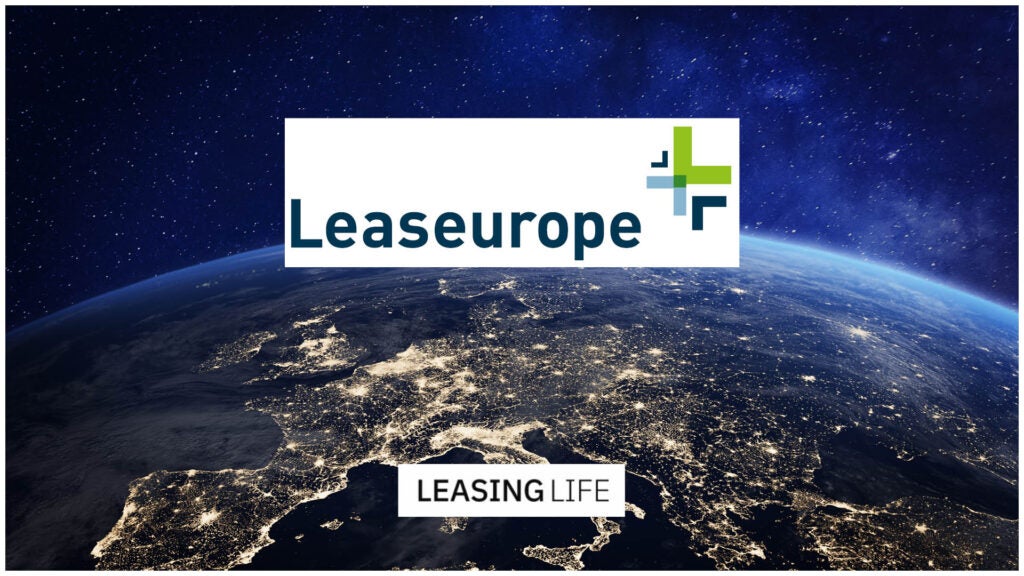
The EU Commission has adopted securitisation regulation aimed at restarting the ‘stalled’ European securitisation market.
The new rules consist of two legislative proposals; the first that securitisation regulation become simpler, transparent and standardised, and includes due diligence, risk retention and transparency rules.
The regulatory changes also include a proposal to amend bank’s capital requirement regulation ‘to make the capital treatment of securitisations for banks and investment firms more risk-sensitive and able to reflect properly the specific features of Simple, Transparent and Standardised securitisations.’
A statement from the EU Commission said securitisations had suffered because of US market losses and resultant capital adequacy rules.
The statement read: "As a consequence of the stigma and the regulatory treatment, the EU securitisation market is now stalled.
"Without securitisation, banks’ ability to sell assets is constrained. As a consequence, the current need for deleveraging often imposes banks to shrink their balance sheets by reducing credit provision. In the European context, where 80% of financial intermediation takes place through banks, the implications for growth are substantial. The credit-less recovery is protracted, slowing growth and job creation."
The Commission said the changes would have important positive effects for European SME financing.
How well do you really know your competitors?
Access the most comprehensive Company Profiles on the market, powered by GlobalData. Save hours of research. Gain competitive edge.

Thank you!
Your download email will arrive shortly
Not ready to buy yet? Download a free sample
We are confident about the unique quality of our Company Profiles. However, we want you to make the most beneficial decision for your business, so we offer a free sample that you can download by submitting the below form
By GlobalDataThe benefits include:
- The inclusion of short-term securitisations, with consequential improvement in their capital treatment, should foster the growth of this important source of SME financing.
- The initiative should provide banks with a tool for transferring risk out of their balance sheets. As a consequence, freed capital should be increasingly used by banks to provide new credit to families and firms, most of which are SMEs in the EU.
- By introducing a single and consistent EU securitisation framework and encouraging market participants to develop further standardisation, the initiative should reduce operational costs for securitisations. Since these costs are higher than average for the securitisation of SME loans, the fall should have an especially beneficial effect on the cost of credit to SMEs.
The Association for Financial Markets in Europe (AFME) said that the development of a simple, transparent and standardised (STS) securitisation market is a key building block of the European Commission’s capital markets union.
Simon Lewis, chief executive of AFME, said: "The Commission’s proposals represent a significant step forward in restarting securitisation in Europe. There is much to welcome, in particular positive adjustments to the Basel capital hierarchy, a wider framework for short-term securitisations and better treatment for securitisation swaps.
"We recommend EU legislators to move forward as soon as possible on the new calibrations for Solvency II and liquidity regulation, and resolve remaining areas of uncertainty and complexity."
Securitisations have been relatively thin on the ground Europe-wide, but there have been a few notable asset finance exceptions, including Unicredit’s 1.3bn Italian leasing securitisation in September 2014, and Investec’s £250m asset finance securitisation around the same period.







